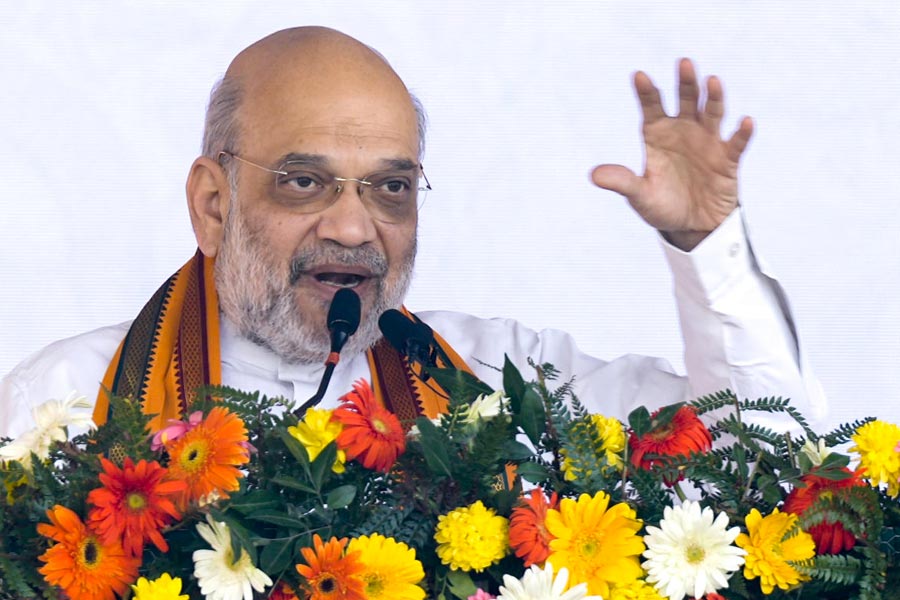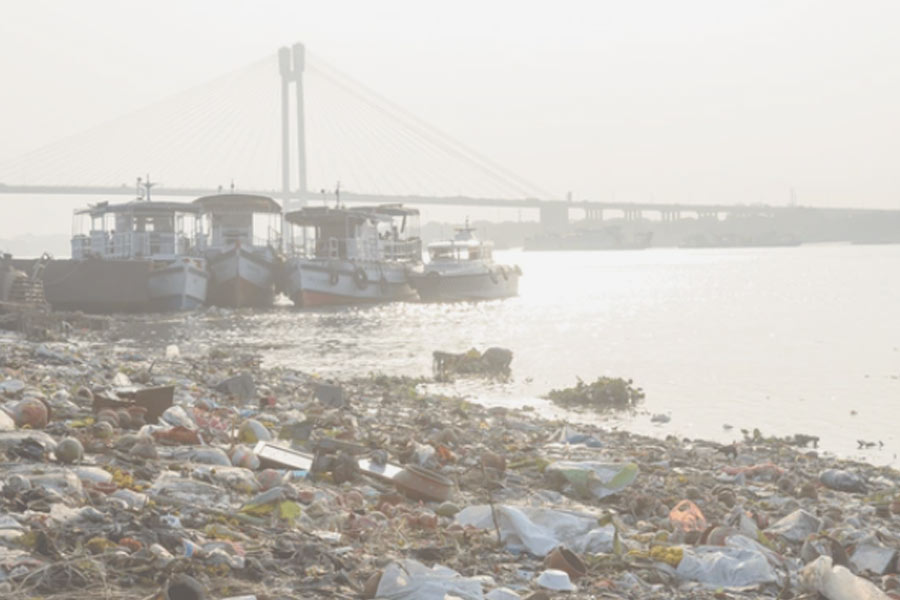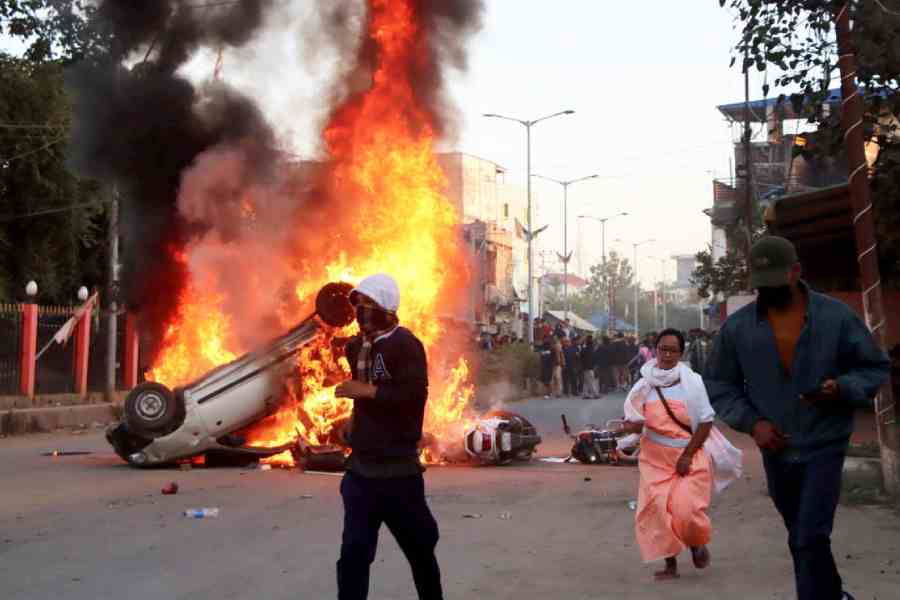India is pushing for at least $600 billion in grant-based climate finance from developed countries out of the overall demand of $1.3 trillion for developing countries, a senior negotiator from India said.
The official, in an exclusive chat with this correspondent on Saturday on the sidelines of the COP29 summit in Baku, said India was also pushing for the Loss and Damage Fund (LDF) as it is one of the most climatically vulnerable countries and has borne the brunt of repeated extreme weather events.
A section of climate experts maintains that India should not demand LDF and should leave it to the smaller vulnerable countries.
“We are very clear — we have demanded that there should be $1.3 trillion overall annual climate finance support from 2025 onwards for the developing countries to flow from developed countries, of which at least $600 billion should be in the form of grant while the additional amount may be coughed up from other sources,” the official said.
However, the official made it clear that even if part of the finance gets sourced from the private sector, it should be under the overall ambit of developed countries. "This (paying the amount) is the responsibility of developed countries... from where and how they organise it is their lookout. But all funds should come through them only,” the official added.
Speaking on behalf of Like-Minded Developing Countries at the high-level ministerial on climate finance on November 14, India had asserted the “need to mobilise at least $1.3 trillion every year till 2030, without subjecting developing countries to growth-inhibiting conditionalities".
Naresh Pal Gangwar, additional secretary in the ministry of environment, forest and climate change and lead negotiator at COP29, had delivered the statement.
India had earlier pitched for $1 trillion annually in global investment for climate action.
A report released recently by the UN also referred to $1 trillion in climate finance but observed that about half of the fund could come from private financial sources across the borders, a view that many feel may form the cornerstone of the upcoming financial negotiations where political leaders, including India’s minister of state for environment Kirti Vardhan Singh, are expected to hash out a consensus on the quality and quantity of finance.
“A few drafts of the NCQG (new, collective, quantifiable goal) of climate finance have been out but there has been hardly any meaningful progress so far as developed countries have not mentioned anything on the quantum clearly and are just dragging the discussion” Harjeet Singh, a climate expert and key anti-fossil fuel campaigner, said.
The Telegraph has accessed the latest draft of the new climate finance goal, which was condensed to 25 pages from 34 pages, but the key points of concern and disagreements persist.
On the LDF, which was set up at the Dubai COP after years of discord within the developed and developing country groups, the Indian official said: “According to the global agreement on loss and damage, the fund is open to all developing countries, as we are one of the most vulnerable countries of the world. A report from Germanwatch earlier showed that India is close to the top of the list, both in terms of mortality and financial loss, because of climatic impacts — on the annual and decadal scales."
“I think India has all the right to claim for loss and damage funds,” said India’s leading climate expert Sunita Narain of the Center for Science and Environment.
“The Indian stand augurs well for vulnerable communities like those in the Sunderbans where close to 5 million people are at the doorstep of climatic disasters. Out of that, according to a World Bank study, nearly 25 per cent are at acute risk… many of them have already suffered repeated disasters and incurred huge losses and hence they need all the support from the newly created fund,” a Bengal-based climate expert said.










